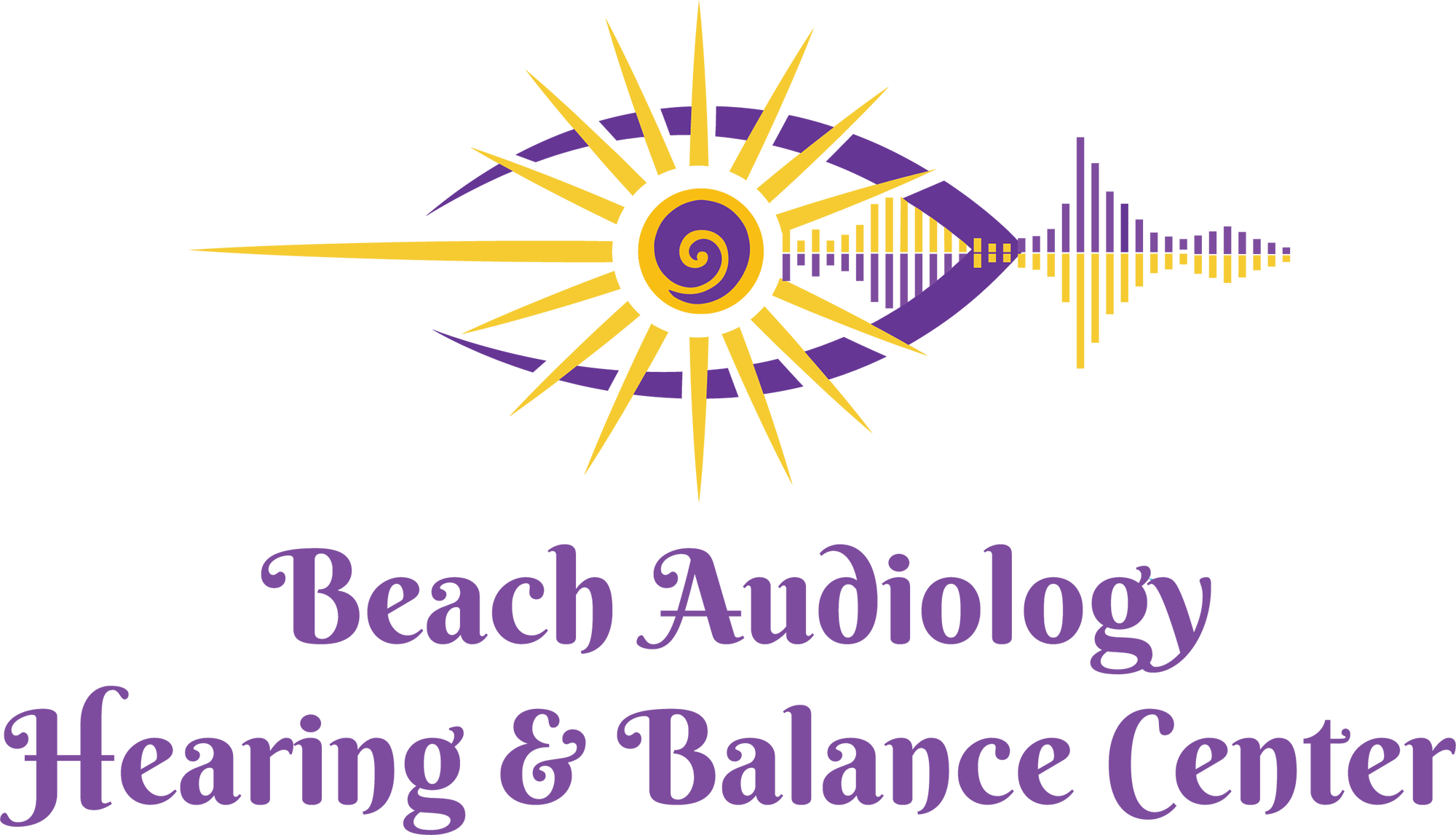Living with hearing loss can be challenging, but hearing aids bring a greater sense of connection and ease to daily life. They enable clear conversations, the enjoyment of music, and the ability to appreciate the sounds of the world. However, it’s important to pay attention to even minor issues with hearing aids. These seemingly small problems can escalate, leading to serious consequences for both the device’s performance and the user’s overall hearing health.
Impact on Device Performance
Hearing aids are intricate devices designed to provide clear and efficient sound amplification. When minor issues are ignored, the overall performance can suffer. For instance, a slight crackling sound or occasional distortion might seem like a minor inconvenience, but these could be early signs of earwax buildup or dirt in the microphone or speaker. If left unaddressed, these blockages can worsen, making sounds muffle and reducing the aid’s effectiveness.
To maintain optimal performance, incorporate regular cleaning and maintenance into your routine. Cleaning the devices as per the manufacturer’s instructions can prevent the accumulation of earwax and dirt.
Reduced Comfort and Fit
Comfort is a critical aspect of effective hearing aid use. Hearing aids that don’t fit well can cause discomfort, leading to skin irritation or even sores. Over time, ears can change shape, and the devices may need readjusting to maintain a proper fit.
Regularly checking the fit and making necessary adjustments supports comfort and encourages consistent usage. When hearing aids are uncomfortable, individuals may feel tempted to use them less often, which can negatively impact their hearing health. Prioritizing comfort ensures the aids are worn consistently, maximizing their benefits and supporting overall well-being.
Increased Risk of Damage
Neglecting minor issues with hearing aids can lead to significant damage down the road. Small cracks, loose components, or exposure to moisture might not seem like urgent problems. However, these can gradually worsen, leading to major issues. For example, exposure to moisture can corrode internal components and damage the device.
Regularly inspecting hearing aids for any signs of wear or damage allows users to catch problems early and seek professional assistance if needed. This proactive approach can prevent minor issues from escalating into more costly repairs or replacements, protecting the investment in hearing health.
Battery Health and Maintenance
Any minor battery-related issues, if ignored, can have substantial impacts. For example, poor contact between the battery and terminals can lead to interruptions in power, causing the device to malfunction.
Regular cleaning of the battery contacts and timely replacement of batteries before they are fully depleted can ensure consistent operation. Maintaining batteries properly helps in avoiding power-related disruptions, thus sustaining the aids’ efficiency.
Straining and Its Effects on Hearing Health
Using hearing aids that aren’t functioning well means the user might have to strain to hear. Straining can lead to discomfort and fatigue, making communication difficult and exhausting. This situation can compromise overall well-being and potentially worsen hearing health. When sounds aren’t clear, the brain has to work harder to make sense of what’s being heard, possibly leading to cognitive strain.
Addressing hearing aid issues promptly helps ensure they are providing the necessary support, reducing the need for straining. This also promotes better social interactions, lowers the risk of cognitive fatigue, and enhances overall quality of life.
The Importance of Early Intervention
Early intervention is key to preventing minor issues from turning into major problems. Regular checkups with a hearing health professional can help catch and resolve issues that might not be immediately noticeable. Hearing health professionals can conduct detailed inspections and tune-ups, ensuring the hearing aids are in optimal condition.
By addressing minor issues promptly, the longevity of hearing aids can be preserved, and they can continue to offer the best possible support. Encouraging regular professional evaluations can protect hearing health in the long term.
Taking swift action and incorporating regular maintenance routines can make a significant difference in the performance and longevity of hearing aids. Understanding the importance of addressing minor problems helps ensure these important devices continue to perform efficiently, enhancing overall hearing health and quality of life.

